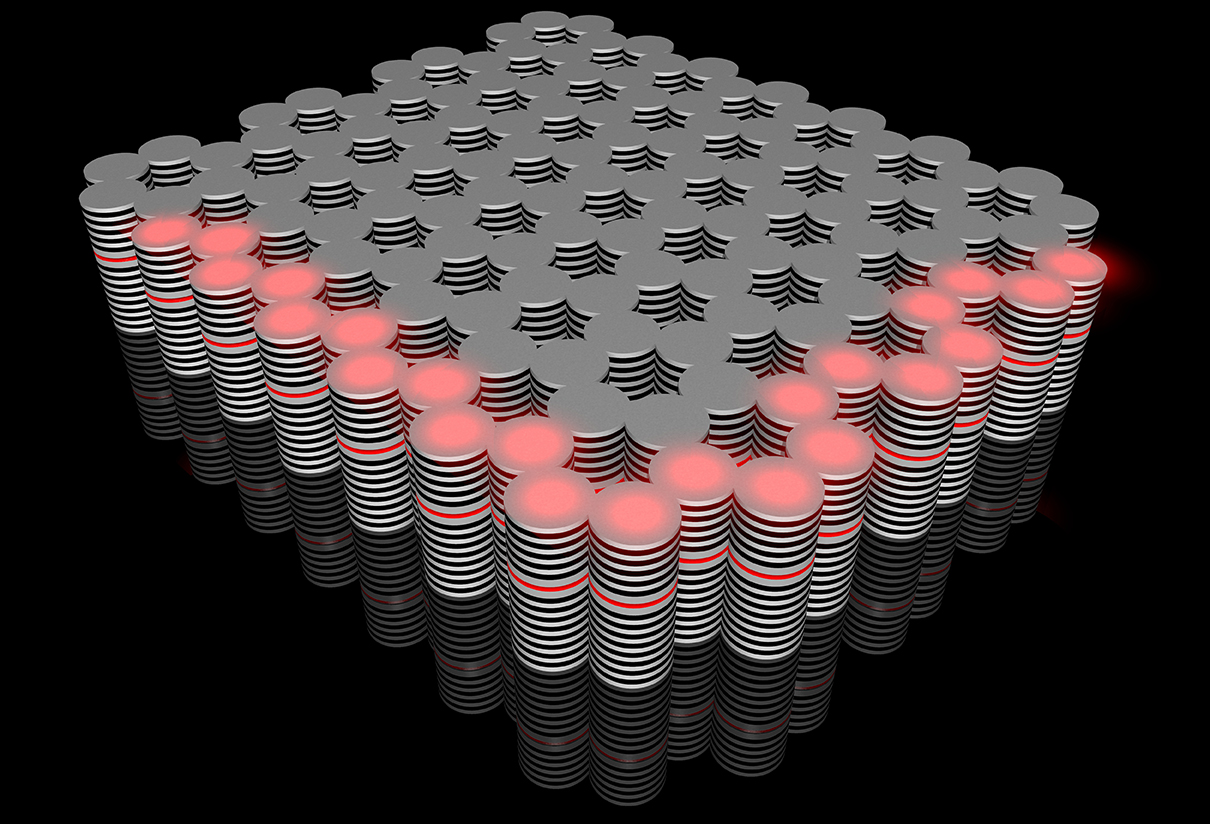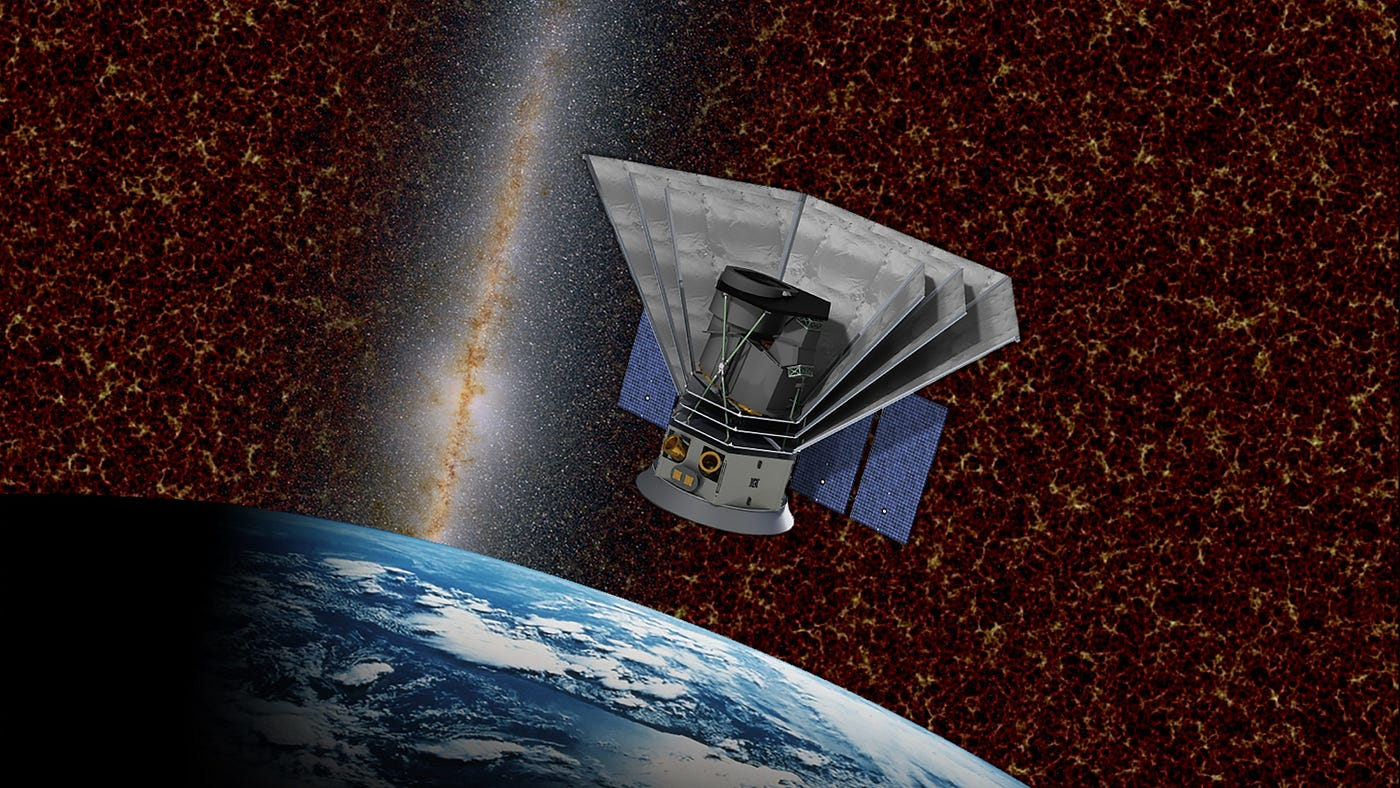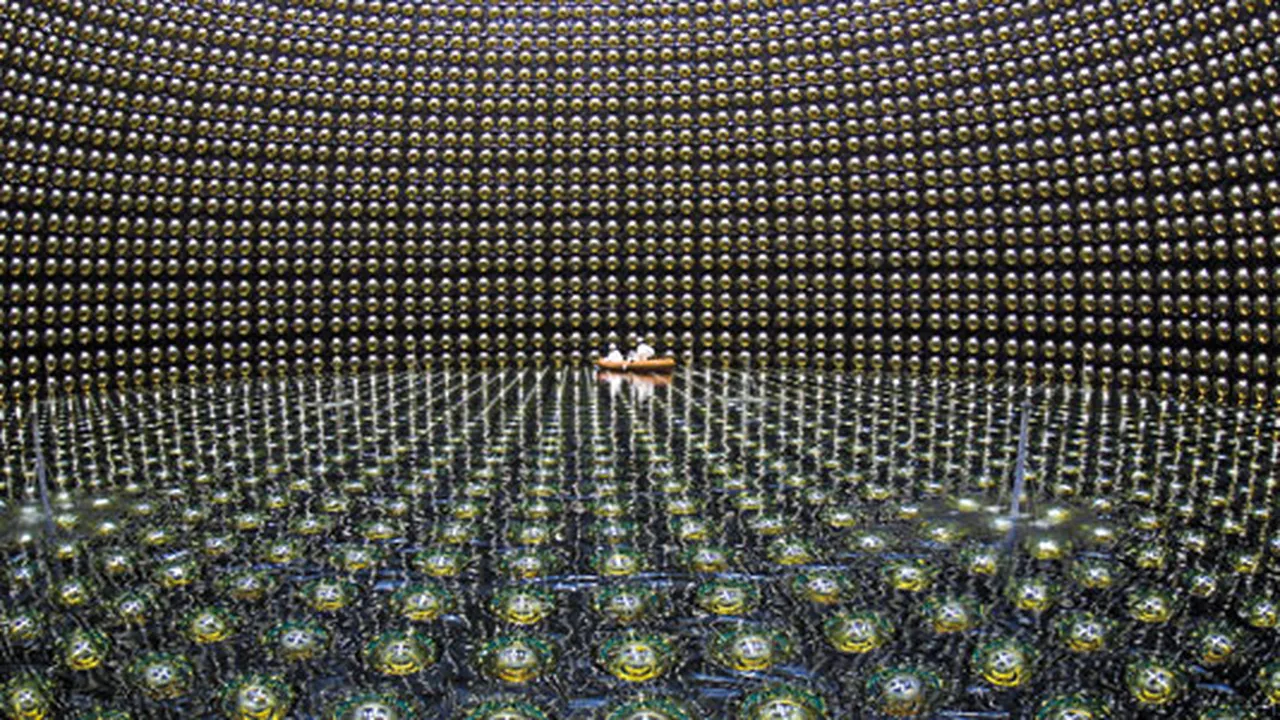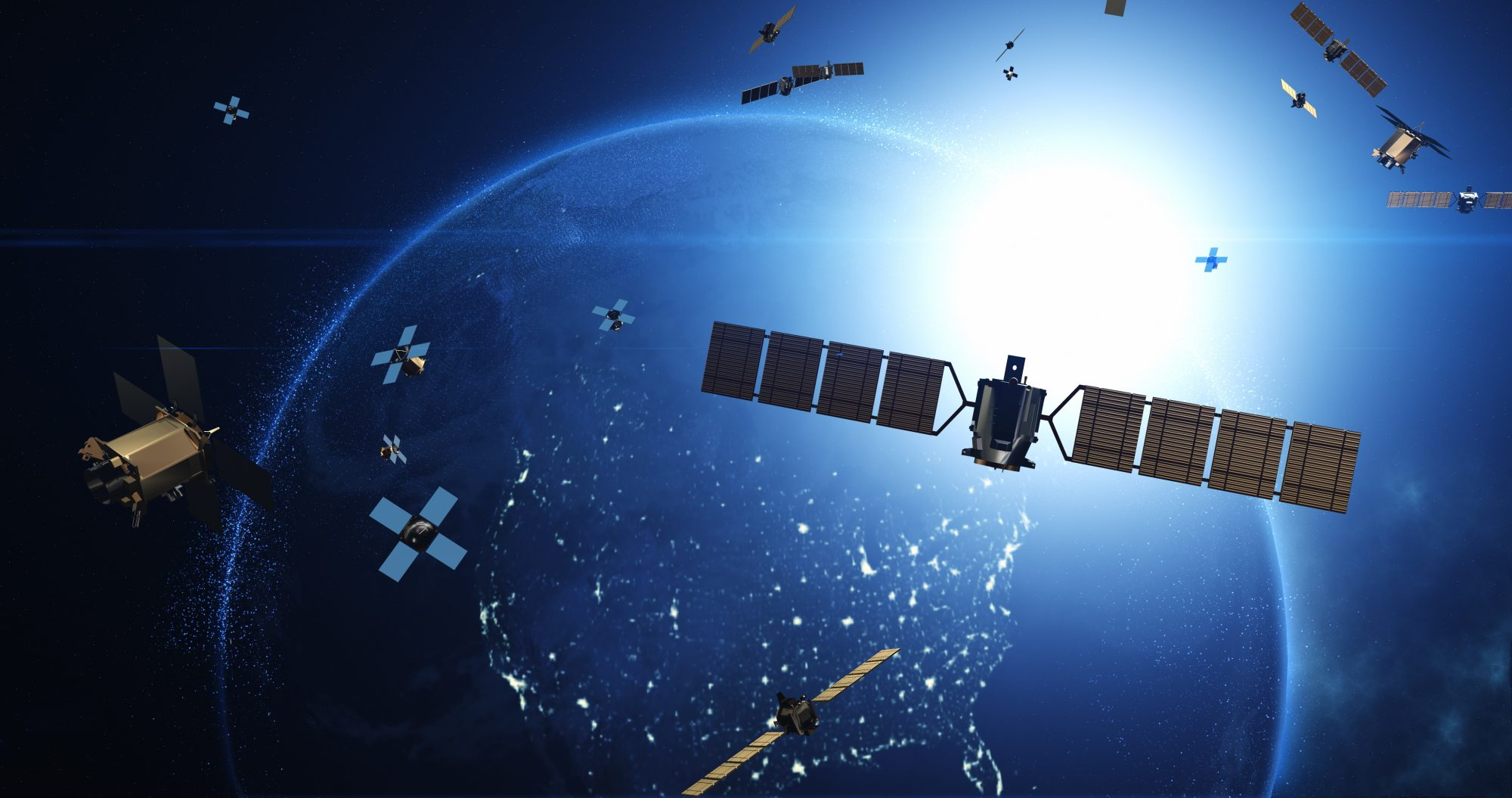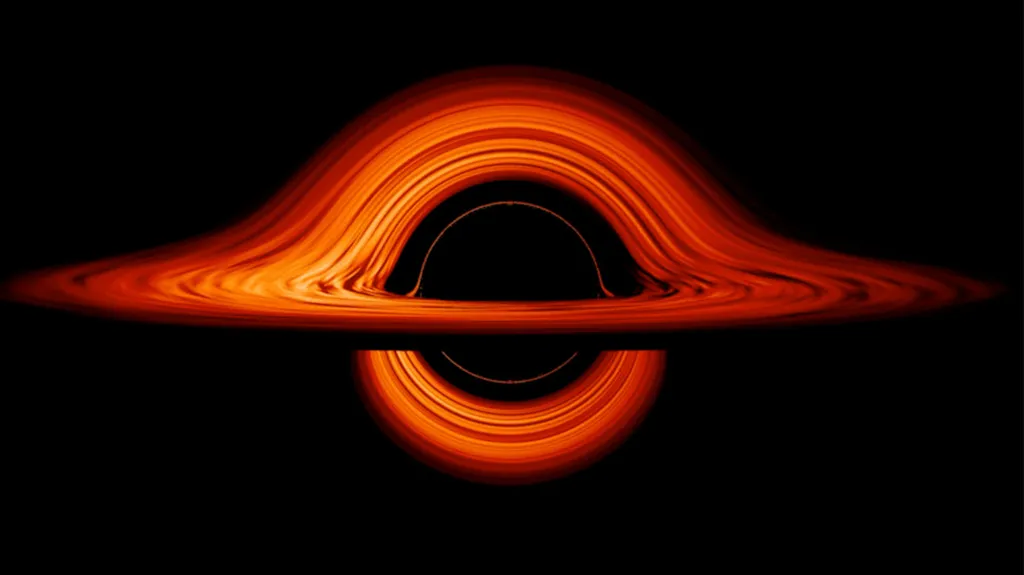In condensed matter physics, topological insulators have captivated scientists for offering a paradoxical behavior: their interiors (bulk) act as insulators, while their edges or surfaces conduct electricity with little resistance. This unusual property arises from topological protection: the conducting surface states are preserved by fundamental symmetries such as time-reversal symmetry and spin–orbit coupling. While the bulk band gap blocks electron flow, the surface states are “locked” to be robust against many defects or disturbances that would normally scatter electrons.
What makes these materials not just curiosities but promising for future technology is how their surface states behave: electrons there adopt spin-momentum locking, meaning the direction of their spin is tied to their motion. Because of this, backscattering (an electron reversing direction) is suppressed unless time-reversal symmetry is broken (e.g. by magnetic impurities).These properties open doors to spintronics (electronics that exploit spin) and quantum computing, especially when interfaced with superconductors to host exotic particles like Majorana fermions. Recent research also explores photonic topological insulators, where analogous protected states exist for light instead of electrons.
From an E-E-A-T perspective (Experience, Expertise, Authoritativeness, Trustworthiness), topological insulators are grounded in rigorous theoretical framework and experimental verification. The concept draws from topology (a branch of mathematics) applied to band structure theory, forming topological invariants (e.g. Z₂ indices) that mathematically distinguish “trivial” insulators from topological ones. Material candidates like Bi₂Se₃, Bi₂Te₃, HgTe quantum wells, and more are well documented in literature, lending empirical authority.As research continues—especially in improving temperature stability, integrating with devices, and scaling manufacture—topological insulators remain one of the most intriguing interfaces between pure physics and future technology.



